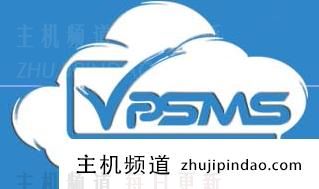在VBS,您可以通过使用脚本来访问和操作计算机上的文件和文件夹。文件系统对象对象。首先,您需要创建一个FileSystemObject,然后使用它的方法和属性来执行所需的操作。
以下是FileSystemObject的一些常见用法示例:
创建FileSystemObject:
set fs = CreateObject(& quot;脚本编写。文件系统对象& quot)
检查文件是否存在:
如果fs。文件存在(& quotc:\ Path \ To \ file . txt & quot;)然后
MsgBox & quot文件存在"
其他
MsgBox & quot文件不存在"
如果…就会结束
检查文件夹是否存在:
如果fs。文件夹存在(& quotc:\ Path \ To \ Folder & quot;)然后
MsgBox & quot文件夹存在"
其他
MsgBox & quot文件夹不存在"
如果…就会结束
创建文件夹:
fs。创建文件夹(& quotc:\ Path \ To \ new folder & quot;)
创建文件:
设置file = fs。create textfile(& quot;c:\ Path \ To \ new file . txt & quot;)
文件。写线& quot这是一个新文件”
文件。关闭
删除文件:
fs。删除文件("c:\ Path \ To \ file . txt & quot;)
删除文件夹(包括其中的所有文件和文件夹):
fs。删除文件夹(& quotc:\ Path \ To \ Folder & quot;)
复制文件:
fs。复制文件& quotc:\ Path \ To \ source file . txt & quot;,& quotc:\ Path \ To \ destination file . txt & quot;
复制文件夹(包括其中的所有文件和文件夹):
fs。复制文件夹& quotc:\ Path \ To \ source folder & quot;,& quotc:\ Path \ To \ destination folder & quot;
这些只是FileSystemObject的一些基本用法示例,还有许多其他可用的方法和属性。您可以查阅Microsoft官方文档,以获得更多详细信息和使用示例。
以上内容来自互联网,不代表本站全部观点!欢迎关注我们:zhujipindao。com
 主机频道
主机频道












评论前必须登录!
注册